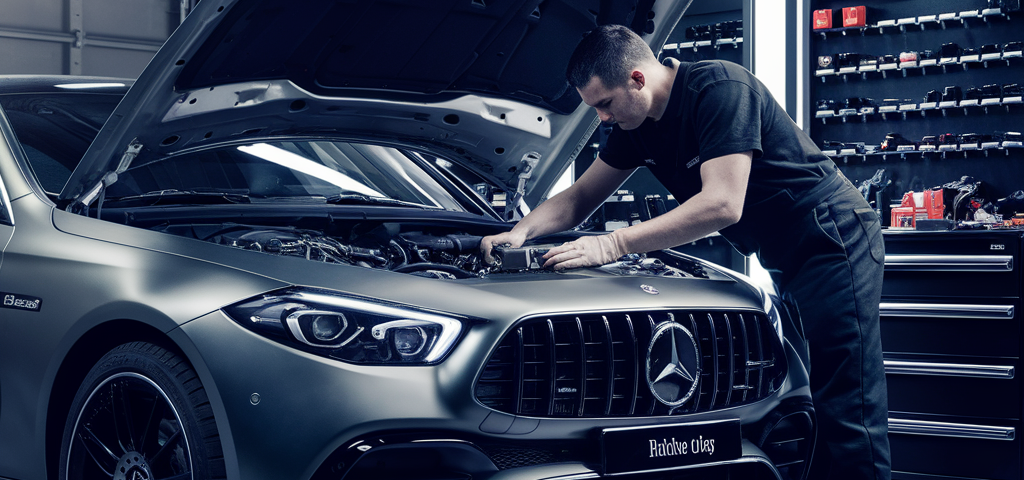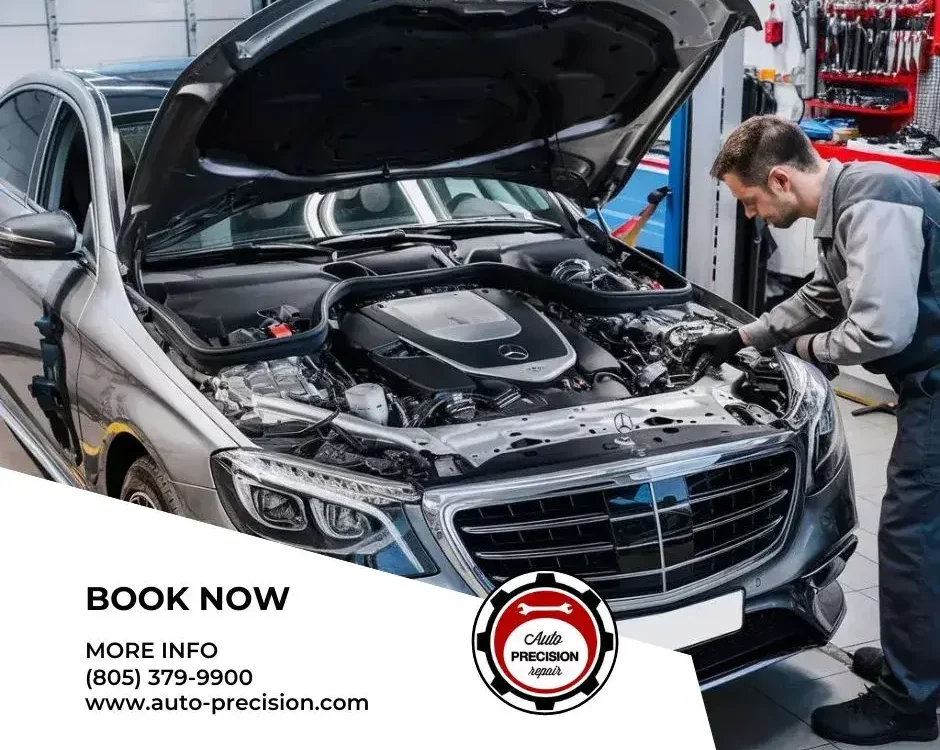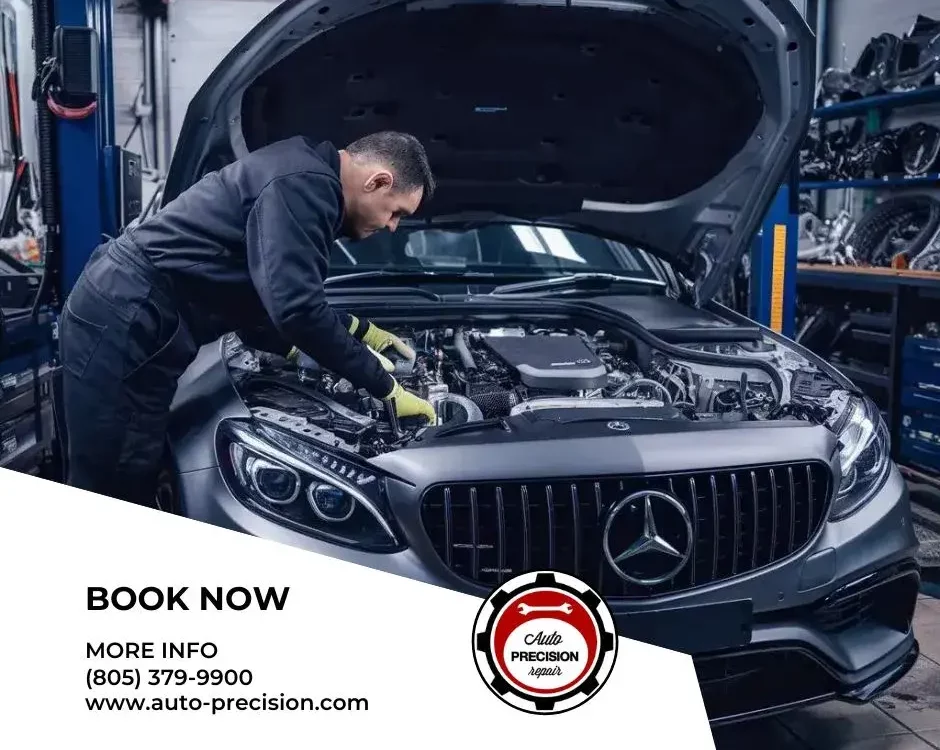
Troubleshooting Shifting Problems in Mercedes Benz Vehicles
August 5, 2024
How to Identify and Fix Transmission Fluid Leaks in Your Mercedes Benz
August 8, 2024In addressing torque converter failures in Mercedes Benz repair models, it is crucial to consider the intricate balance between mechanical integrity and hydraulic functionality. Typical symptoms such as shuddering, delayed acceleration, and unusual noises can often trace back to issues within the torque converter system, including fluid degradation or mechanical wear. Utilizing advanced diagnostic tools, such as the STAR Diagnostic system, enables precise pinpointing of the fault, which is essential for effective remediation. Furthermore, understanding the specific dynamics of torque transmission in these high-performance vehicles can reveal insights into potential preventative strategies. As we explore these repair and maintenance strategies, one might wonder how emerging technologies could further enhance the reliability of these critical components.
Causes of Torque Converter Failures
While several factors can precipitate torque converter failures in Mercedes Benz, common causes include fluid contamination, overheating, and mechanical wear. Fluid contamination often results from the degradation of transmission fluid due to high operating temperatures or the ingress of foreign particles. Contaminated fluid lacks the necessary properties to maintain the hydraulic pressure required for smooth torque converter operation, leading to inefficient torque transfer and increased wear on the converter’s internal components.
Overheating in torque converters generally stems from excessive load conditions or insufficient cooling. Mercedes Benz vehicles, known for their sophisticated engineering, rely on optimal operating temperatures. When the thermal threshold is exceeded, the properties of the transmission fluid can degrade rapidly, which compromises the converter’s ability to dissipate heat. This scenario accelerates wear on the clutch plates and can cause the stator to malfunction, ultimately impeding the converter’s performance.
Mechanical wear, another pivotal factor, typically arises from prolonged usage and inadequate maintenance. Components such as the turbine, pump, and bearings might exhibit signs of wear over time. Regular maintenance and timely replacement of vulnerable parts are crucial in preventing mechanical degradation, thus ensuring the longevity and reliability of Mercedes Benz’s torque conversion system.
Repairing Torque Converter Issues
Understanding the causes of torque converter failures in Mercedes Benz paves the way for discussing effective repair strategies. Addressing these issues requires a blend of technical expertise and precise diagnostic processes.
The initial step involves diagnostic testing, preferably using a specialized scanner like the STAR Diagnostic system, which reads Mercedes-specific codes. This enables the identification of specific malfunctions within the torque converter system.
Once the problem is pinpointed, the removal of the transmission is often necessary to access the torque converter. This is a critical step that should only be undertaken by professionals due to the complex nature of Mercedes transmission systems.
After removal, the torque converter should be inspected for signs of wear or damage such as cracks, faulty bearings, or contaminated fluid, which can impair functionality. If repair is feasible, components such as the lock-up piston, stator, or turbine blades need meticulous examination and precise refurbishment.
However, in cases where damage is extensive, replacing the entire torque converter is the most reliable solution. It is paramount to use OEM parts for replacement to ensure compatibility and maintain the integrity of the vehicle’s performance.
Reassembly and post-repair testing complete the process, ensuring that the torque converter functions seamlessly with the transmission system, restoring the vehicle’s optimal performance and reliability.
In the intricate realm of automotive engineering, the restoration of a Mercedes Benz repair torque converter symbolizes a meticulous blend of precision and expertise. Technicians, armed with advanced diagnostic tools, delve deep into the mechanical heart of the vehicle, where they unravel and mend the subtle intricacies of wear and damage.
Such surgical precision not only rejuvenates the vehicle’s performance but also enhances its harmonious dance between power and smoothness, ensuring a prolonged life and reliability of the esteemed machinery.





